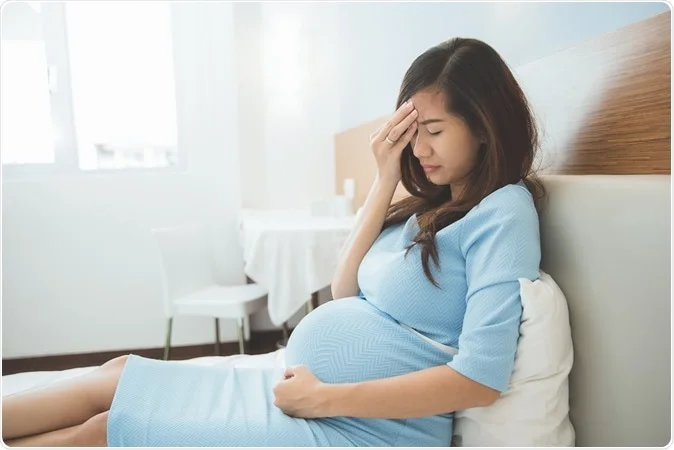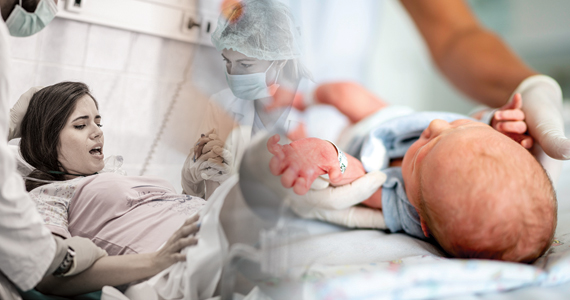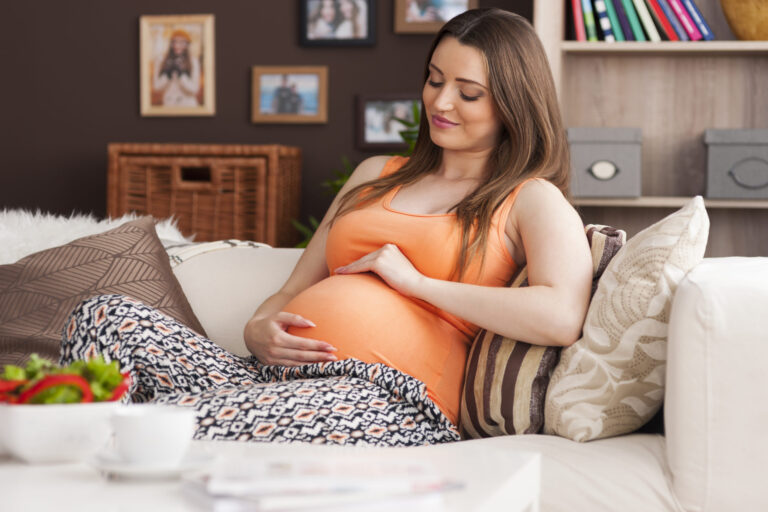BP & CR – 2018
This document is a research article that discusses the concept of birth preparedness and complication readiness (BP and CR) among antenatal mothers. The study aims to evaluate the level of knowledge and practices on BP and CR among pregnant women attending an antenatal clinic in Sri Lanka. The article presents the findings of the study, including the participants’ level of knowledge on BP and CR, their practices, and the factors that may influence their knowledge and practices. The conclusion highlights that BP and CR were well-known concepts among the participants, and their level of knowledge and practices were satisfactory.







